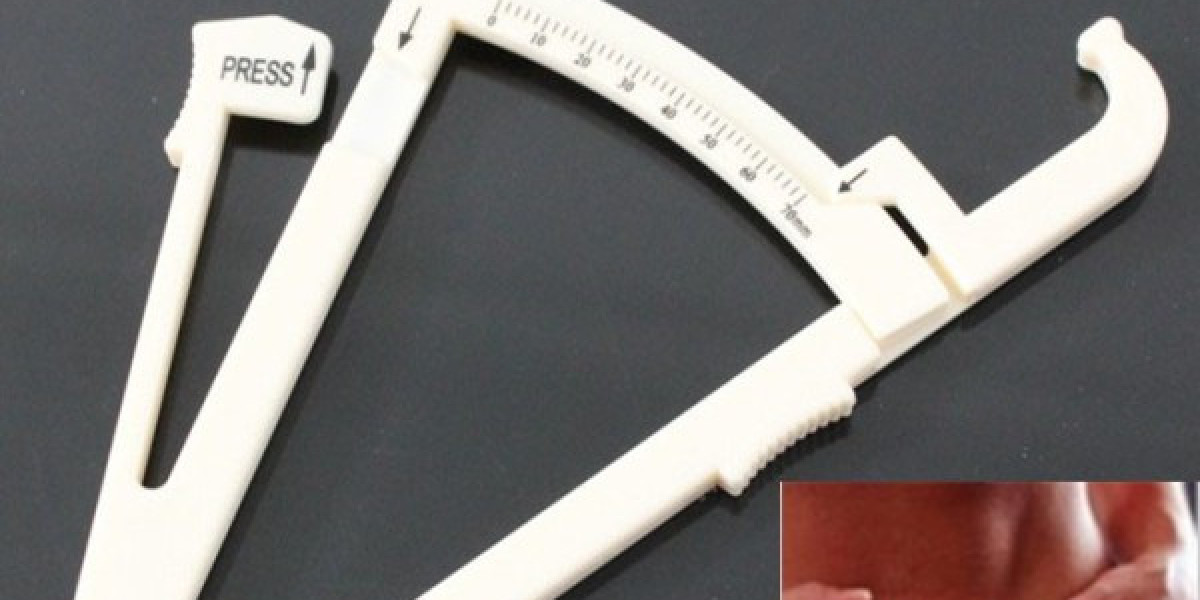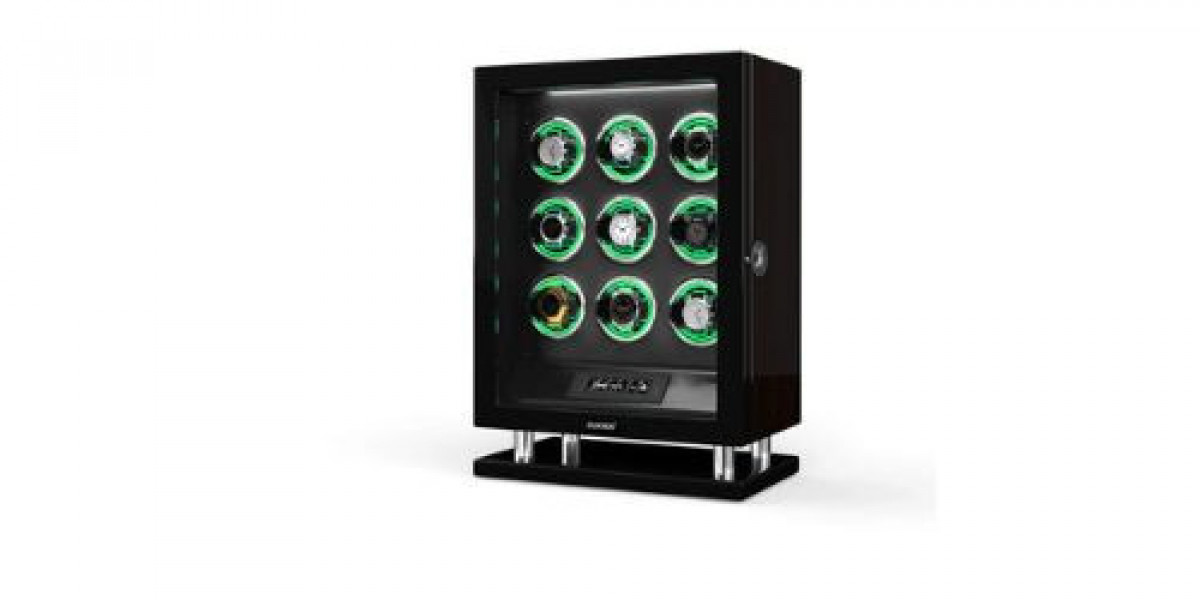Accurately measuring body fat is an important part of health and fitness. While weight on a scale provides some information, it does not distinguish between fat mass and lean mass like muscle. Understanding body composition through body fat measurement can help develop targeted health and weight loss goals. Several methods exist for measuring body fat at home or in a clinical setting. Each method has its pros and cons regarding accuracy, cost, and convenience.
Body Mass Index (BMI) and Skinfold Measurements
One simple method for estimating Body Fat Measurement is calculating body mass index (BMI), which relates height and weight. However, BMI does not directly measure body fat and can misclassify athletes and others with more muscle mass as overweight. A more direct approach is using skinfold calipers to measure subcutaneous fat at various body sites like the triceps, abdomen, and thighs. Caliper measurements are then used in formulas to estimate total body fat percentage. While skinfold measurements provide a basic estimate, accuracy depends on the technician's skill and experience. Dehydration and recent weight changes can also impact results. Still, calipers provide an affordable home option when used correctly.
Bioelectrical Impedance Analysis (BIA)
Bioelectrical impedance analysis (BIA) devices send a small electric current through the body to measure the resistance of fat, muscle, and water. Greater adipose tissue impedes the current more than muscle or bone. BIA estimates total body water, which it uses along with height, weight, age, and gender to calculate fat-free mass and body fat percentage. Handheld BIA devices are affordable and convenient for home use and gym settings. However, hydration levels, food and drink intake, and exercise can impact readings. Dual-energy x-ray absorptiometry (DXA) is considered more accurate but not practical for frequent home use.
Underwater Weighing and Air Displacement Plethysmography
Two reference methods treated as gold standards are underwater weighing and air displacement plethysmography. Underwater weighing measures body density by having individuals submerged and weighed in water. This density value relates to percentage of body fat through equations. Air displacement plethysmography uses a pressurized chamber with infrared sensors to estimate body volume and density. Both are highly accurate but require clinical facilities and infrastructure, limiting their accessibility for routine monitoring. They serve an important clinical and research role despite limited practical usability.
Ultrasound Fat Measurement
An ultrasound uses high-frequency sound waves to generate images of deeper body tissues like fat and muscle. Specialized units allow technicians to take caliper-like skinfold thickness measurements electronically using ultrasound imaging of subcutaneous adipose tissue layers at preset anatomical sites. Some studies found ultrasound comparable to DXA for estimating body fat percentage in various populations. Advantages include visualization of fat distribution patterns and layers without discomfort. Limitations include cost, need for technician operation, and no assessment of internal or visceral fat amounts.
Dual-energy X-ray Absorptiometry (DXA)
Considered one of the most precise clinical body composition measurement tools, dual-energy x-ray absorptiometry (DXA) uses two low-dose x-ray beams of different intensities to separate the body into fat, lean, and bone mineral content. Computer software analyzes the unique attenuation of soft tissues and bone to isolate their contributions. Whole-body scans provide total body fat and its distribution but also assess bone density and visceral fat levels. Many hospitals and health clinics offer DXA scans, but the equipment requires specialized facilities and personnel for safe operation. Cost also limits DXA for occasional use, making it better suited to clinical research or long-term monitoring.
Choosing the Right Body Fat Measurement Method
No single method satisfies all needs for accuracy, cost, convenience, and practical accessibility. The best option depends on an individual's goals and resources. Simple at-home options like BMI calculators, skinfold calipers and BIA devices provide affordable estimates to track general progress but sacrifice some precision. More sophisticated tools such as ultrasound, underwater weighing, air displacement, and DXA improve accuracy and clinical applicability at higher costs requiring trained personnel. Understanding strengths and limitations of different body fat assessment methods helps choose the most suitable option for health, fitness, and performance monitoring purposes. With regular measurements, these tools empower individuals to set evidence-based body composition targets and customize programs accordingly.
Get This Report in Japanese Language: 体脂肪測定
Get This Report in Korean Language: 체지방 측정
About Author:
Vaagisha brings over three years of expertise as a content editor in the market research domain. Originally a creative writer, she discovered her passion for editing, combining her flair for writing with a meticulous eye for detail. Her ability to craft and refine compelling content makes her an invaluable asset in delivering polished and engaging write-ups.
(LinkedIn: https://www.linkedin.com/in/vaagisha-singh-8080b91)










